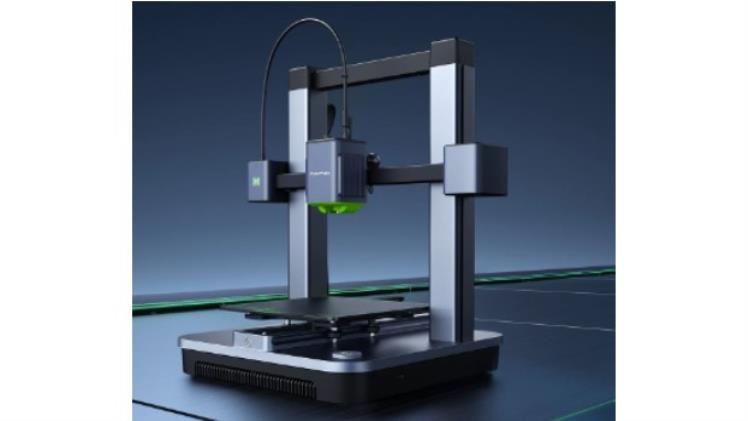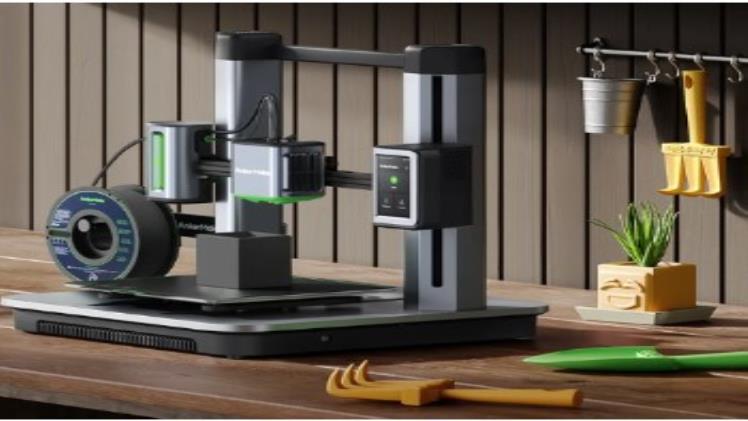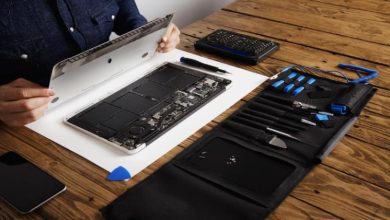
In the realm of modern manufacturing and rapid prototyping, 3D printing has emerged as a revolutionary technology. It allows the transformation of digital designs into tangible objects with remarkable precision and speed. The key to understanding this technology begins with recognizing the diverse array of 3D printers available today. In this article, we’ll take a journey through the world of 3D printing and explore the different types of 3D printers, each with its unique capabilities and applications.
-
Fused Deposition Modeling (FDM)
FDM is one of the most popular and accessible 3D printing technologies. It operates by extruding thermoplastic filament layer by layer, creating the final object. FDM printers are known for their affordability, making them an excellent choice for hobbyists, educators, and small businesses. A good example of an affordable 3d printer price is AnkerMake M5, which is versatile and can produce a wide range of objects.

-
Stereolithography (SLA)
SLA is a resin-based 3D printing technology that uses an ultraviolet (UV) laser to cure a liquid resin layer by layer. It’s known for its exceptional precision and smooth surface finish, making it ideal for applications where fine detail and accuracy are crucial, such as jewelry and dental prosthetics.
-
Digital Light Processing (DLP)
Similar to SLA, DLP also employs liquid resin but uses a digital light projector to cure an entire layer simultaneously. This results in faster printing speeds but may have slightly lower resolution compared to SLA. DLP is commonly used in applications like dentistry and jewelry manufacturing.
-
Binder Jetting
In binder jetting, a liquid binding agent is deposited onto a bed of powdered material, layer by layer, to create solid objects. It’s used for creating sand molds for metal casting, architectural models, and intricate prototypes. The final object may require additional post-processing steps to strengthen it.
-
Laminated Object Manufacturing (LOM)
LOM technology involves layering and adhering sheets of material, often paper or plastic, which are then cut and shaped by a laser or knife. LOM is cost-effective and can create large, lightweight objects. It’s used in applications like packaging, architectural models, and concept modeling.
-
Bioprinting
Bioprinting is a specialized field that uses 3D printing technology to create biological tissues and organs. It employs living cells and biomaterials to produce structures with the potential for use in regenerative medicine, drug testing, and more. While it’s still in the experimental stage, it holds immense promise for the medical field.
-
Metal 3D Printing
Metal 3D printing encompasses several technologies, including Direct Metal Laser Sintering (DMLS) and Electron Beam Melting (EBM). These methods create parts from metal powders and are widely used in aerospace, healthcare, and automotive industries, where high-strength and precision components are essential.
-
Ceramic 3D Printing
Ceramic 3D printing employs a similar process to metal 3D printing but uses ceramic materials. It’s favored for creating intricate ceramic objects and has applications in art, architecture, and advanced manufacturing.
Final Words
In conclusion, the world of 3D printing is vast and diverse, offering a multitude of technologies to suit various applications. Whether you’re a hobbyist, a designer, an engineer, or a manufacturer, there is a 3D printing method tailored to your needs. Each type of 3D printer brings its unique capabilities and advantages to the table, from affordable and accessible FDM for rapid prototyping to highly precise SLA for detailed models and intricate parts. The future of 3D printing holds the promise of even more innovative technologies and applications, making it an exciting field to watch and be a part of.



